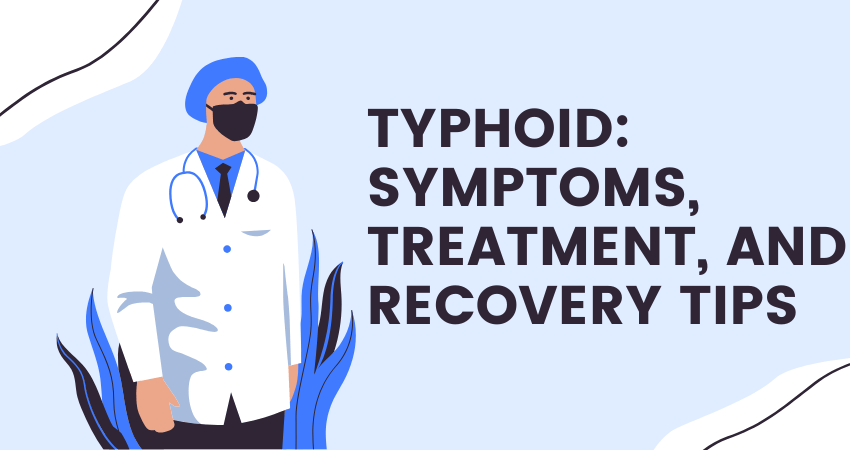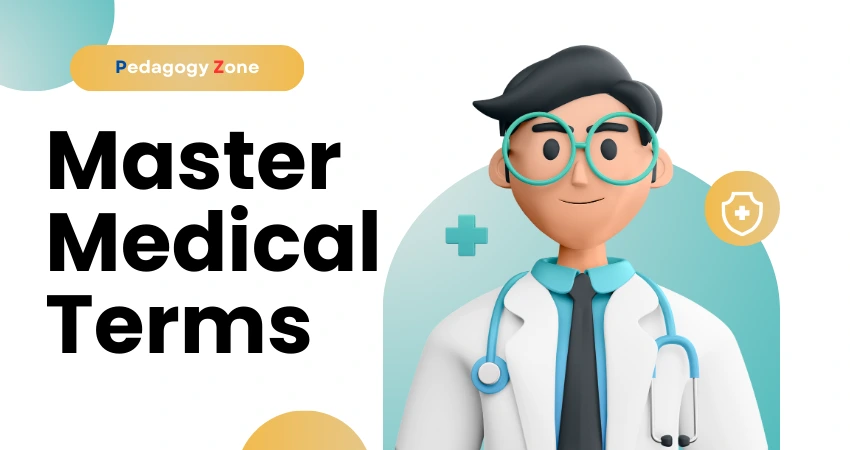Typhoid fever remains a significant global health challenge, particularly in developing countries with limited access to clean water and proper sanitation. This potentially life-threatening bacterial infection continues to affect millions of people worldwide, making awareness and understanding crucial for prevention and effective management.
What is Typhoid?
Typhoid is a serious bacterial infection caused by Salmonella typhi, a pathogen that spreads through contaminated food, water, and close contact with infected individuals. The bacteria primarily affect the intestinal system and can enter the bloodstream, causing a range of symptoms that can become severe if left untreated.
Historical Context
Typhoid has been a significant health concern for centuries. Before the advent of modern antibiotics and improved sanitation, typhoid fever was a major cause of mortality, particularly during wars and in densely populated urban areas. Even today, developing nations continue to struggle with typhoid outbreaks, highlighting the ongoing importance of understanding and preventing this disease.
Transmission Routes
Understanding how typhoid spreads is critical in preventing its transmission:
- Contaminated Water: The primary mode of transmission is through water sources contaminated with human waste containing the Salmonella typhi bacteria.
- Contaminated Food: Unwashed fruits and vegetables, poorly prepared street food, and meals handled by infected individuals can spread the disease.
- Close Contact: Individuals carrying the bacteria can transmit the infection through poor hygiene practices, particularly in crowded living conditions.
Recognizing Symptoms
Typhoid symptoms typically develop gradually and can be easily mistaken for other illnesses. Recognizing these signs early can lead to prompt treatment:
Early Stage Symptoms
- Persistent low-grade fever
- Headaches
- Generalized weakness
- Abdominal discomfort
- Loss of appetite
- Muscle aches
Advanced Stage Symptoms
- High fever, often reaching 103-104°F (39-40°C)
- Severe abdominal pain
- Extensive fatigue
- Potential development of rose-colored spots on the chest and abdomen
- Potential intestinal bleeding
- Potential intestinal perforation in severe cases
Diagnostic Procedures
Accurate diagnosis is crucial for effective treatment. Healthcare professionals typically employ several methods:
- Blood Culture: The most definitive test, which identifies the presence of Salmonella typhi in the bloodstream.
- Widal Test: A serological test that detects antibodies against the typhoid bacteria.
- Stool Culture: Another method to identify the bacterial presence, particularly useful in chronic carriers.
- Molecular Testing: Modern techniques like PCR can provide rapid and accurate diagnosis.
Treatment Strategies
Antibiotic Treatment
The primary treatment for typhoid involves targeted antibiotic therapy:
- First-line Antibiotics: Ciprofloxacin and azithromycin are commonly prescribed
- Alternative Medications: Ceftriaxone for more severe or resistant cases
- Duration: Typically 7-14 days of consistent antibiotic treatment
Supportive Care
- Adequate hydration
- Rest
- Nutritious diet
- Fever management
- Electrolyte replacement
Prevention Techniques
Personal Hygiene
- Frequent and thorough handwashing
- Using clean, treated water
- Proper food handling and preparation
- Avoiding street food in high-risk areas
Vaccination
Typhoid vaccines are recommended for:
- Travelers to high-risk regions
- Healthcare workers
- Individuals living in endemic areas
- Those with compromised immune systems
Recovery and Rehabilitation
Physical Recovery
- Gradual return to normal activities
- Balanced nutrition
- Continued hydration
- Adequate rest
Potential Long-term Considerations
Some individuals might experience:
- Prolonged fatigue
- Digestive system sensitivity
- Potential chronic carrier status
When to Seek Immediate Medical Attention
Consult healthcare professionals immediately if you experience:
- Persistent high fever
- Severe abdominal pain
- Signs of intestinal complications
- Prolonged symptoms beyond standard recovery period
Global Perspective
While typhoid remains a significant health challenge in developing countries, global health initiatives have made substantial progress in reducing its impact through:
- Improved sanitation infrastructure
- Public health education
- Vaccination programs
- Enhanced water treatment technologies
Conclusion: Typhoid fever is a complex bacterial infection that requires comprehensive understanding, prompt medical intervention, and proactive prevention strategies. By staying informed, maintaining excellent personal hygiene, and seeking timely medical care, individuals can significantly reduce their risk and effectively manage this potentially serious illness.
| Read More Topics |
| History of physical therapy for cerebral palsy |
| Synthetic cholinergic blocking agents |
| Factors affecting renal excretion of drugs |






